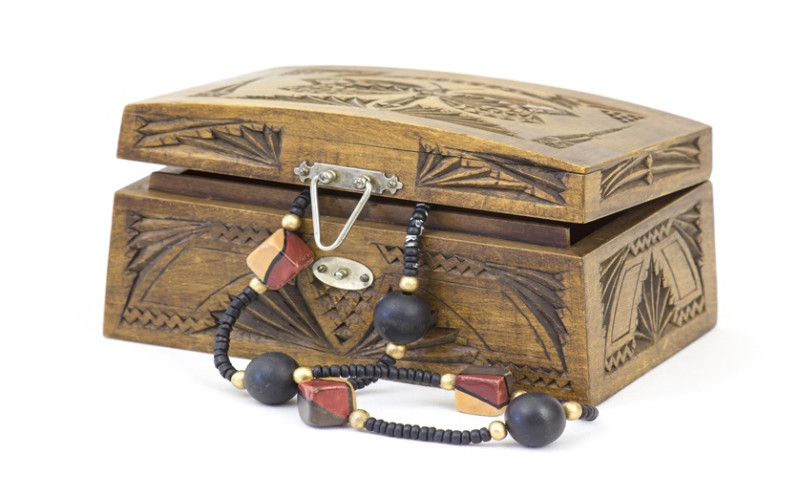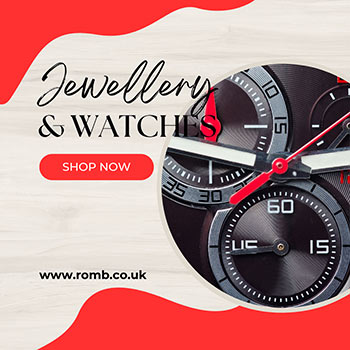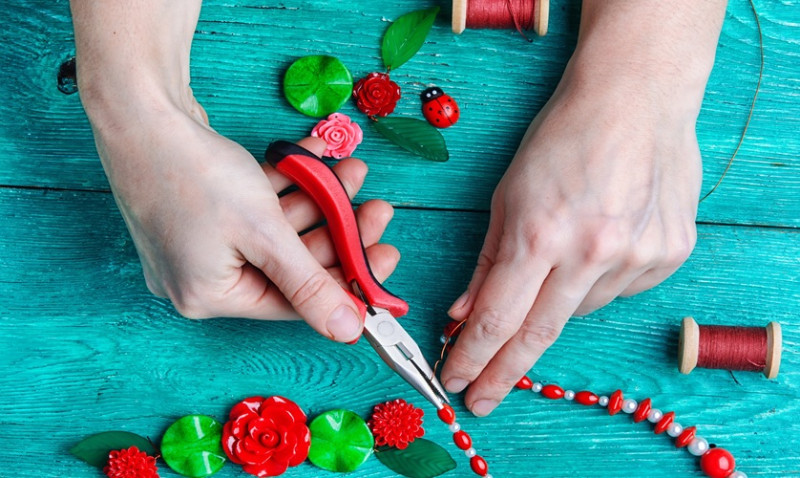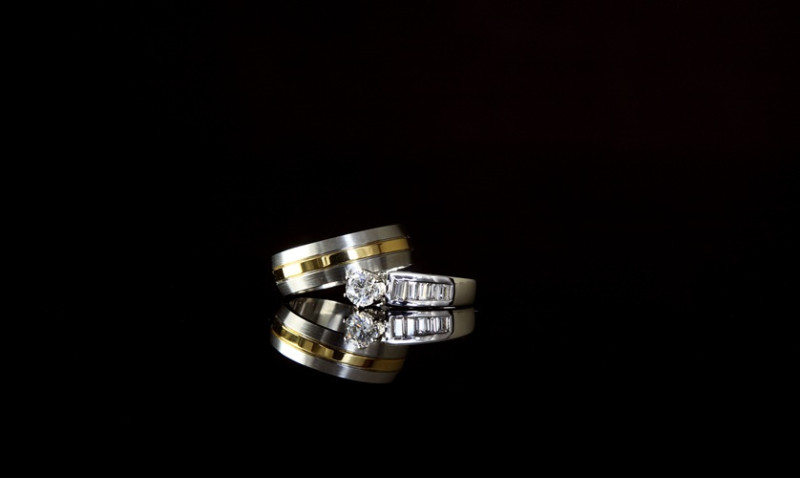
Whether you’re a budding designer testing out your first collection, or a seasoned professional looking to scale your jewellery business, understanding how to thrive in the ever-evolving jewellery markets in the UK is essential for long-term success. With the growing demand for unique, ethically sourced, and customisable pieces, it’s never been a better time to become an active player in this vibrant industry.
Jewellery markets—both physical and online—offer a direct-to-customer channel that’s both rewarding and lucrative. DIY enthusiasts, tradesmen, interior stylists, and young professionals frequently explore local craft fairs, artisan markets and niche online platforms to find that one-of-a-kind statement piece. To tap into this market effectively, you’ll need more than just beautiful designs; strategy, presentation, branding, and business know-how all play crucial roles.
Here are our top tips to help you master the jewellery markets in the UK and turn your passion into sustainable profit.
1. Understand Your Target Audience
Before designing or selling anything, it’s vital to know exactly who you’re selling to. In the UK, the jewellery audience ranges from minimalist-loving young professionals wanting understated elegance to eclectic DIY decorators searching for bold, artistic statements. Research local demographics and consumption behaviours, especially if you’re showcasing at specific markets or events.
Architects and designers may prefer striking, modern pieces that align with curated interior aesthetics, while tradesmen might be looking for practical yet stylish accessories or gifts. Understanding these preferences allows you to tailor your products and marketing accordingly.
Use customer personas to guide your product line, colours, materials and even the naming of your pieces. The more targeted your offer, the higher the chance of making lasting impressions and conversions.
Engage with your audience on platforms like Instagram or Pinterest to learn what types of designs they gravitate towards. Polls, comments, and direct messages offer instant feedback that can inform your creative decisions.
Attend local design shows, galleries, and workshops to see what your future customers are admiring, buying, and talking about. And if you're selling at a physical market, taking the time to chat with visitors can yield golden insights into preferences and trends.
2. Perfect Your Product Presentation
In jewellery markets, presentation can make or break a sale. How your products are displayed, packaged, and photographed all contribute to a buyer’s perception of value—especially in such a visually driven industry.
For physical stalls, invest in neutral-toned, high-quality display busts, stands and trays that allow the pieces to stand out. Ensure good lighting—natural if possible—and arrange your booth in a clean, welcoming, and easy-to-browse layout. Crowding the display can overwhelm the customer, so less is often more.
Consider organising your jewellery by type, occasion (such as weddings or casual wear), or material (gold, silver, mixed metals). Clear labelling plays a big role too—don’t make visitors hunt for price tags or product info.
Packaging matters just as much as the product. Simple yet elegant recyclable boxes or drawstring pouches with your logo can elevate brand perception. Add care instructions or a thank-you card to show attention to detail and encourage word-of-mouth referrals.
Online, use crisp, high-resolution images on neutral backgrounds. Showcase different angles and include close-ups to highlight craftsmanship. A professional look builds buyer confidence and decreases abandoned carts.
3. Choose the Right Marketplaces
Not all jewellery markets are created equal. Selecting the right venue—whether online or offline—can maximise your profitability and connect you with ideal customers.
In the UK, renowned artisan events such as the Crafty Fox Market, Renegade Craft Fair, and the Country Living Fair attract thousands of buyers looking for handmade, ethical pieces. These venues typically vet vendors, so being selected elevates your brand credibility from the start.
Local makers' markets in cities like London, Bristol, Edinburgh and Manchester are perfect for independent creators, offering a more intimate setting to connect directly with customers.
Online, Etsy remains a powerful platform for UK-based makers, though competition is fierce. Consider selling on Not On The High Street or Folksy, which focus on British-made products and attract buyers looking for uniqueness and quality.
Having your own website gives you complete control over branding and customer experience. Use this in tandem with physical markets to build an omnichannel approach that grows loyalty and repeat business.
4. Build and Communicate a Strong Brand
Branding is about much more than a logo. It’s the expression of your values, personality, and point of view—something particularly vital in the jewellery market, where emotion drives many purchases.
Start by identifying your brand's story. Are your pieces bold and empowering? Subtle and timeless? Inspired by architecture? Driven by nature? Communicate this clearly through your packaging, website content, and customer interactions.
Consistency across your marketing materials, tone of voice, and visual presentation will help build trust and recognition. From your stall design to business cards, Instagram feed to email newsletters—every touchpoint should feel cohesive and authentic.
Establish a meaningful brand mission that resonates with modern values. Using recycled metals, fairtrade gemstones or sustainable packaging can engage eco-conscious consumers—especially among the UK’s young professional demographic.
Don’t forget to share the ‘maker's journey’. Behind-the-scenes photos, videos, and insights into your creative process can help create stronger emotional connections that turn browsers into loyal customers.
5. Price Strategically and Transparently
Pricing can be one of the trickiest parts of selling jewellery, especially when competing in saturated markets. Price too low, and you undercut your worth and make little profit. Price too high, and you risk alienating potential buyers.
Begin by calculating all costs: raw materials, labour, packaging, stall fees (if applicable), your time, and overheads like transport or electricity. Then, add a fair profit markup. Many independent makers aim for a profit margin of 2.5–3x their costs.
Positioning is critical. If your jewellery is artisan or bespoke, price it to reflect the craftsmanship and scarcity. UK consumers are increasingly valuing quality over quantity and are willing to pay more for handmade, ethical goods.
Be transparent with your pricing. Include signage that explains what materials are used and what makes your product special—whether it’s ethically sourced stones or a hand-cast technique. This builds trust and adds perceived value.
If offering discounts, ensure they’re framed as special promotions rather than devaluing your work. "Market Day Discount" or "Limited Time Offer" subtly signal urgency while protecting your brand equity.
6. Network and Learn from Others
Success in jewellery markets goes beyond strong sales alone. It's about being part of a wider creative community where collaboration, inspiration, and shared knowledge open doors that a lone-maker may struggle to reach otherwise.
Attend industry networking events, creative workshops, or local business groups to meet retailers, stylists, and other makers. Many events also feature panels and talks on growing your creative business.
Participating in collaborative projects—like limited-edition collections with other designers—can also increase visibility and open new market segments.
Mentors can provide personalised insights into pricing, sourcing, or even scaling up your operations. Don’t be afraid to ask questions—most successful sellers started at the same point you are now.
Online communities on platforms like Facebook, Reddit, and professional forums are also great places to share experiences and get support during slow periods or times of growth.
7. Embrace the Power of Digital Marketing
In the digital era, most physical jewellery market visits start online. A potential customer might find your stall after spotting your work on Instagram, Pinterest, or through a Google search. Therefore, digital marketing is critical to your success.
Use SEO-optimised product titles and descriptions on your online listings and website. Mention relevant keywords like “handmade silver rings UK” or “contemporary geometric earrings” to increase visibility on search engines.
Encourage reviews and testimonials via email follow-ups. Positive social proof significantly increases buyer confidence, especially for online purchases.
Email marketing is an underused gem in jewellery retail. Build an email list at your markets with competitions or VIP discounts, and then engage that list with valuable content: styling tips, behind-the-scenes stories, or exclusive previews of new collections.
Lastly, investing a little in social media ads—even just £5 a day on Facebook or Instagram—can dramatically extend your reach to niche audiences, such as interior designers or architects who match your aesthetic and values.
Final Thoughts
Mastering jewellery markets in the UK is a journey that combines design talent, business acumen, and the willingness to evolve. With the right approach to customer engagement, product presentation, and brand storytelling, you can build a loyal fanbase and turn your passion into a thriving business.
Whether you're showcasing your latest work at a bustling urban craft fair or running a sleek e-commerce storefront from your workshop, these tips will help you stand out in a crowded marketplace. Stay inspired, stay connected, and remember—every great brand started small with consistency, creativity, and care.






